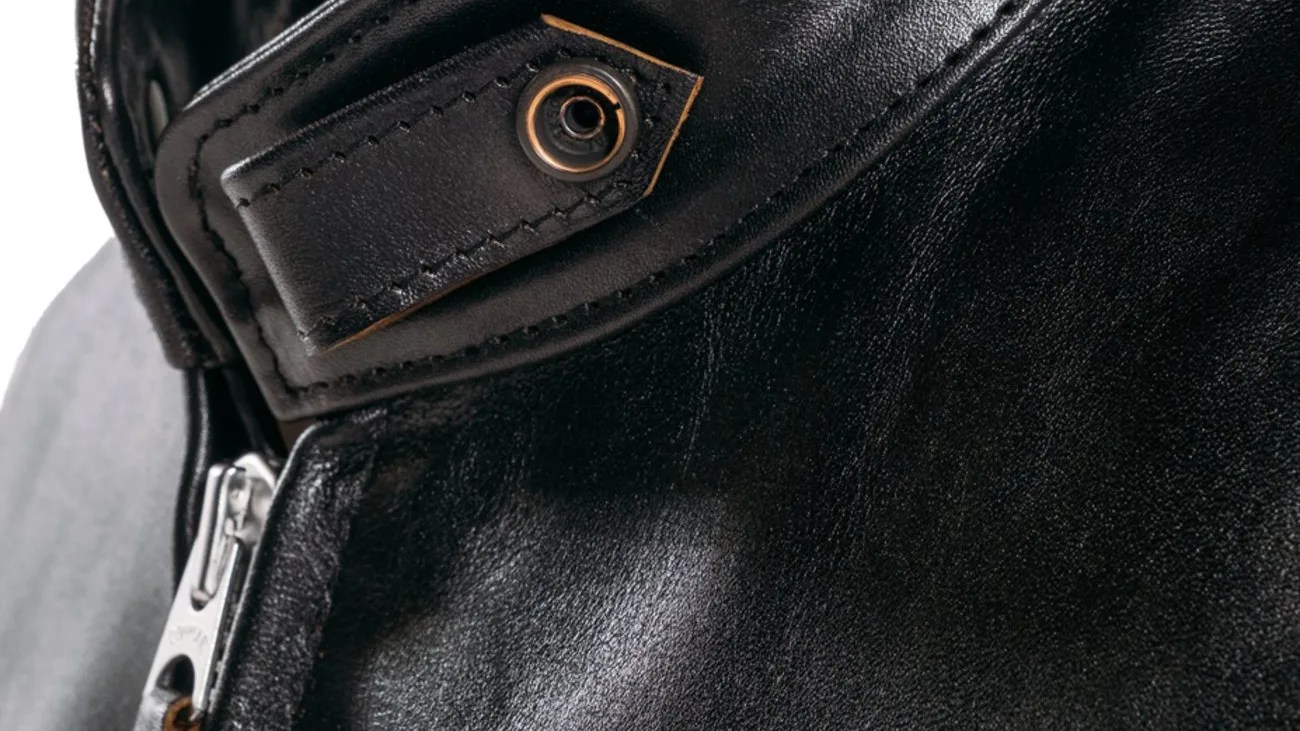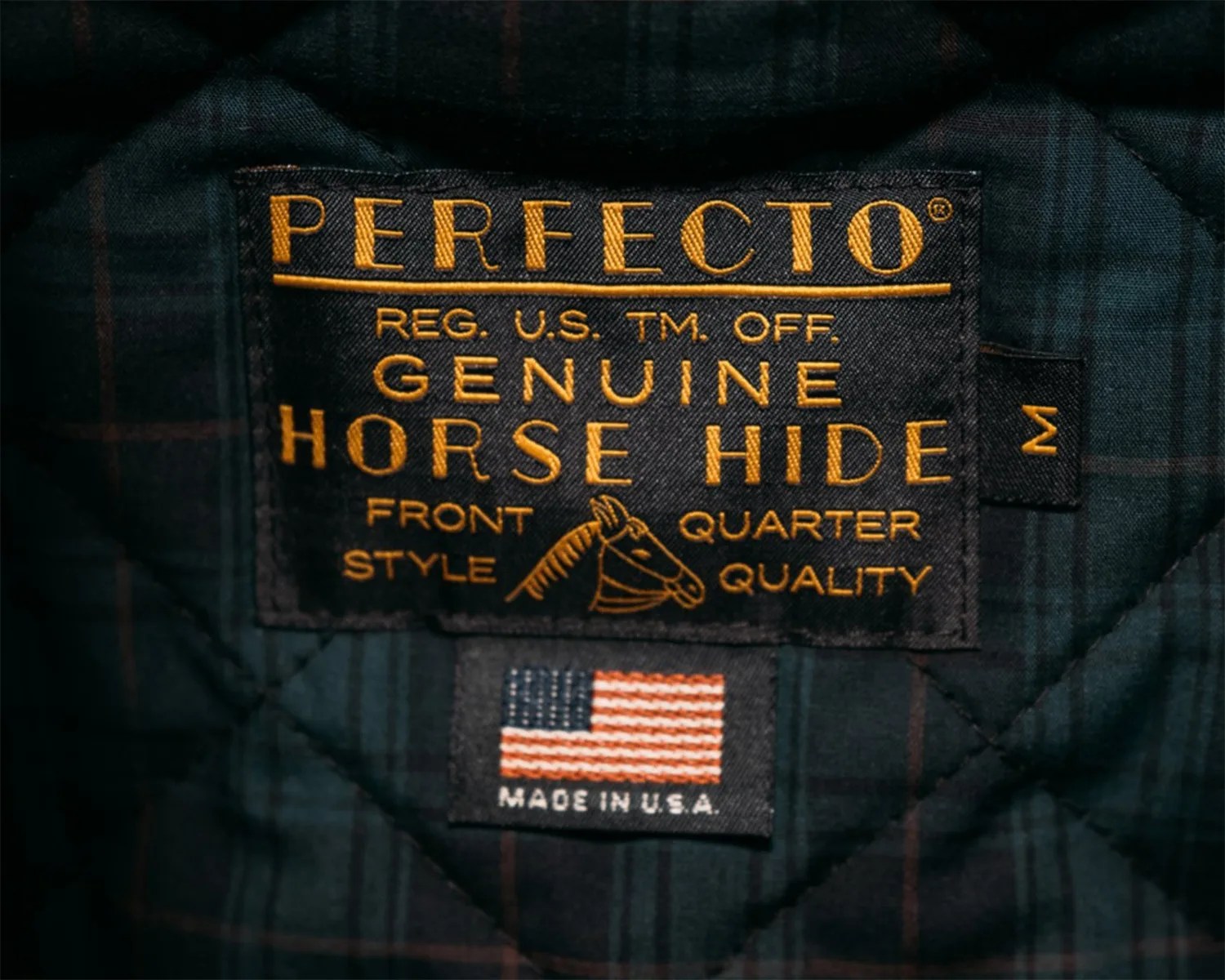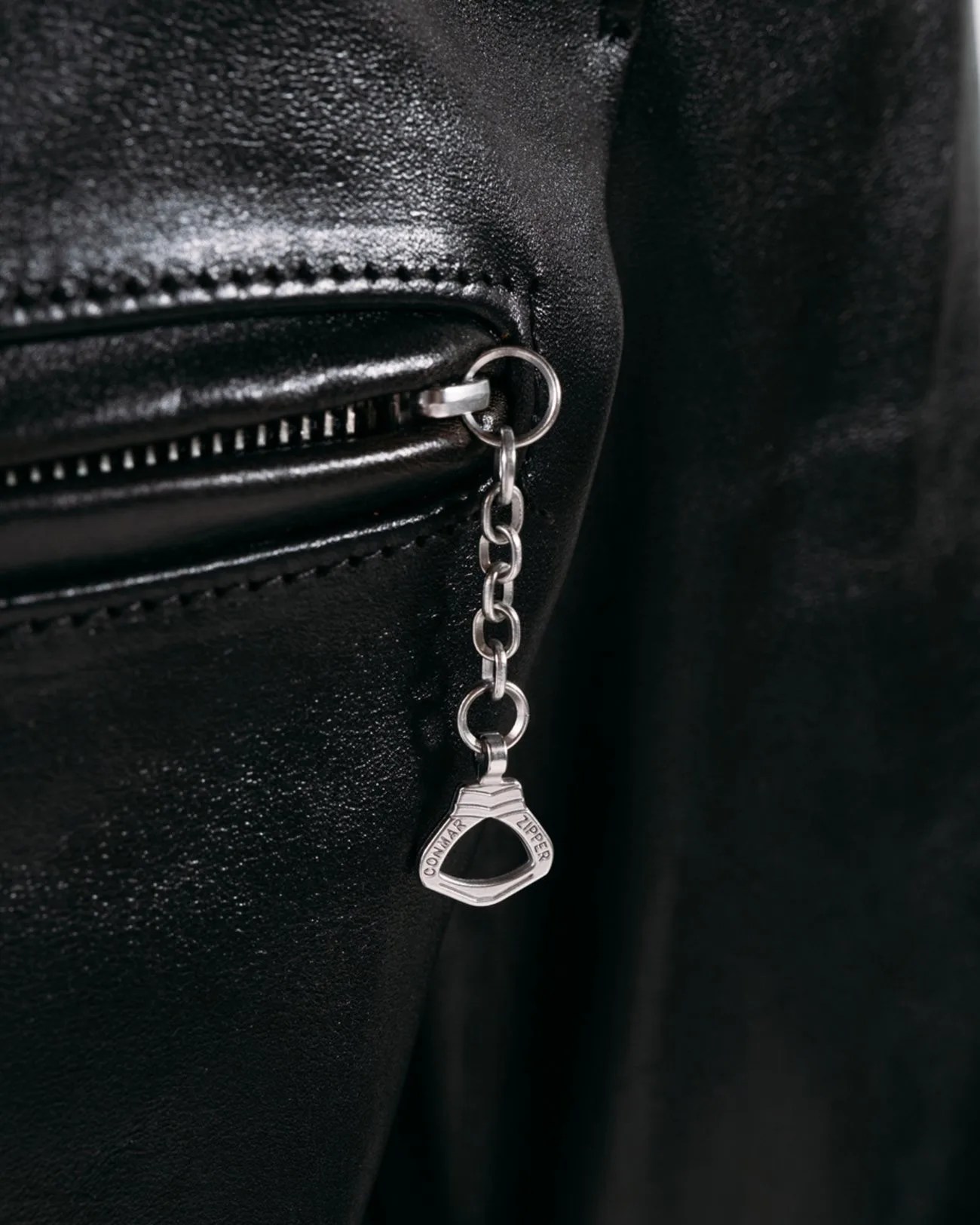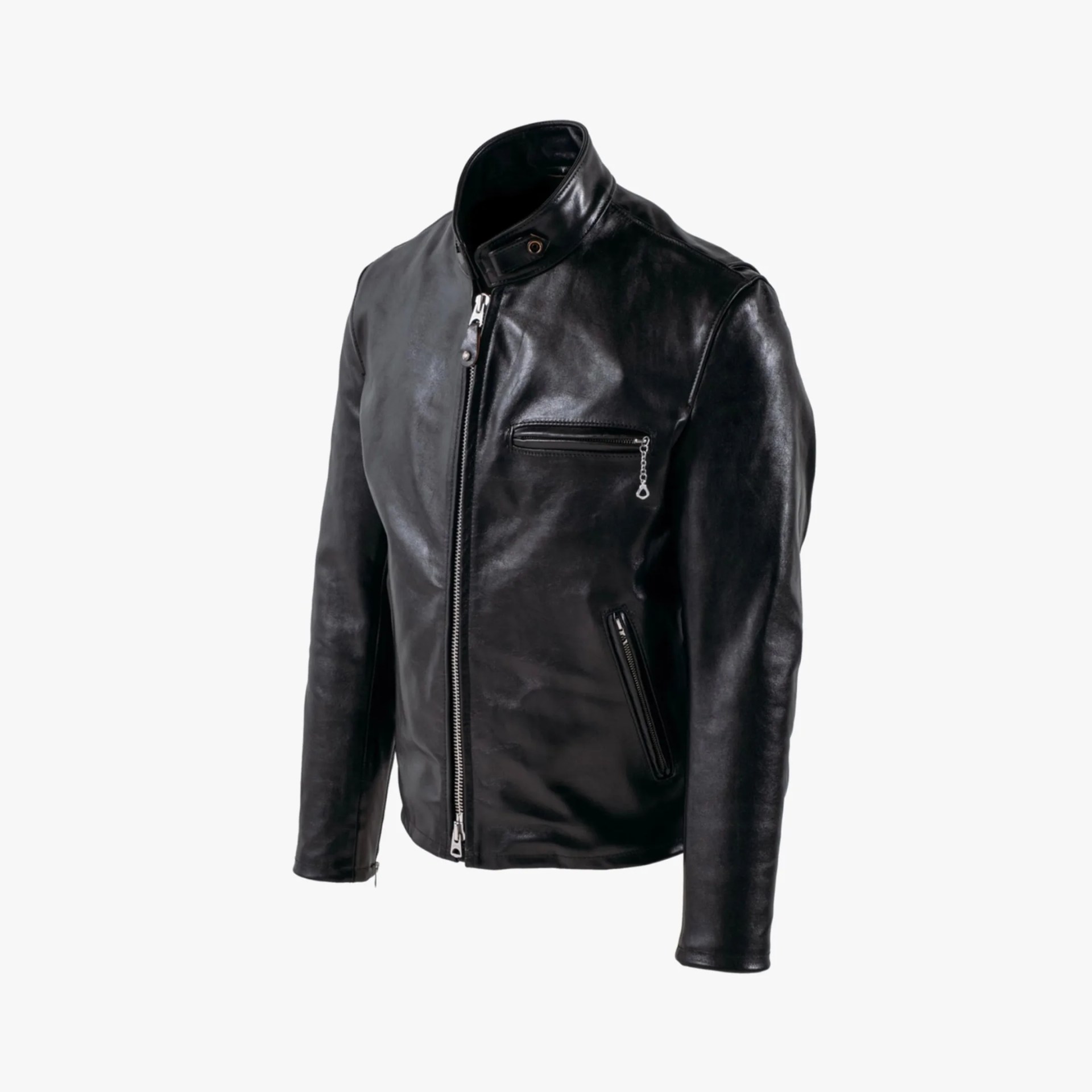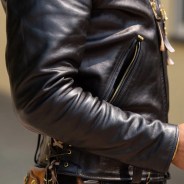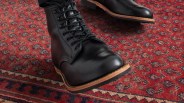Since introducing the style in 1956, Schott NYC has made the Racer Jacket in dozens of different leathers. Few have been as rare or beautiful as the new Shinki Hikaku Horse Hide Racer Jacket.
The Racer Jacket is Schott NYC’s second most iconic piece, following only the Perfecto motorcycle jacket in terms of fame and popularity. It is based on full-body leather motorcycle racing suits that were first worn in the 1920s and became popular with the 1960s cafe racer look.
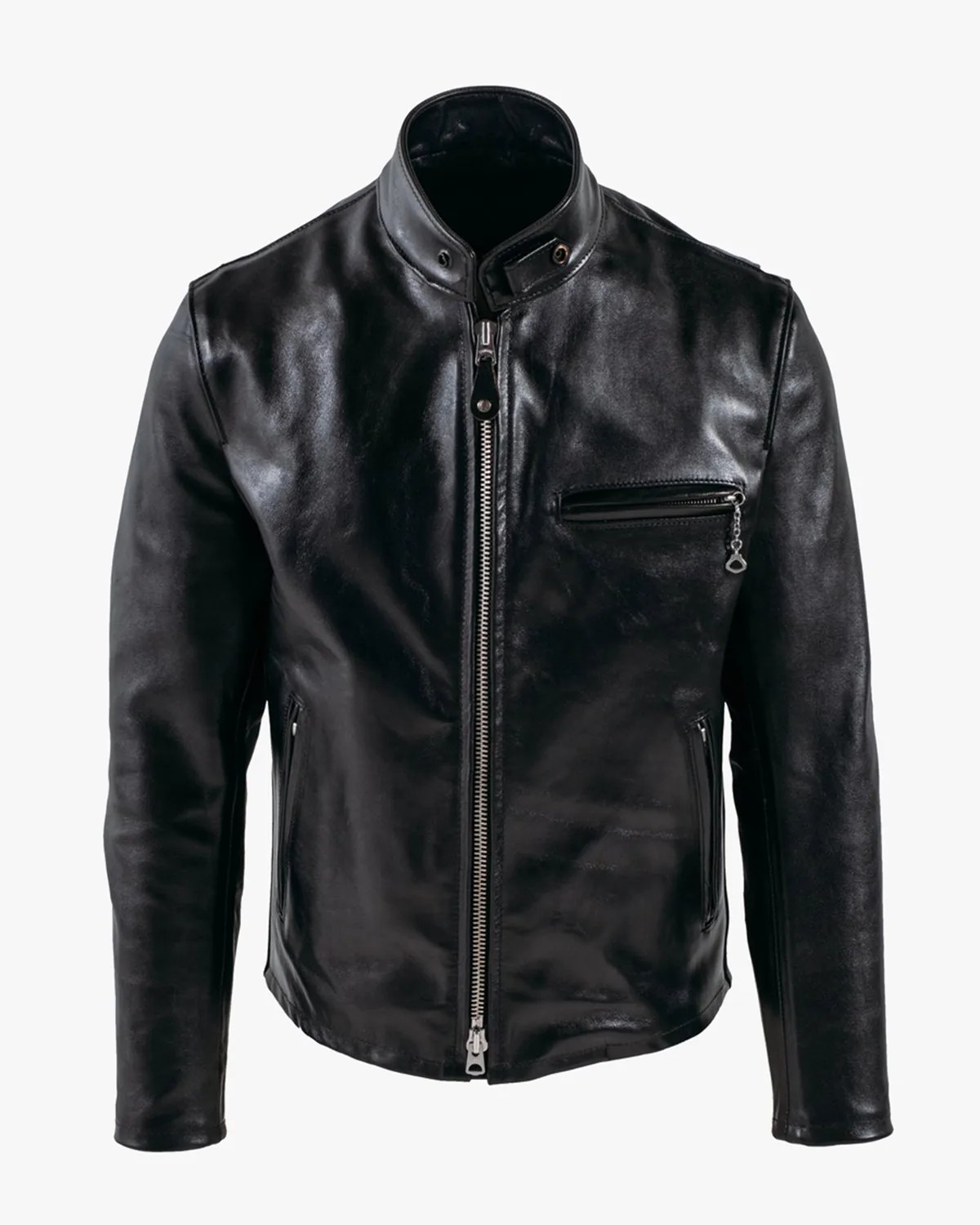
The brand offers at least ten options based on the type of leather used at any given time, with minor details mainly remaining the same. Hides of varying quality from cows, sheep, and horses are sourced from tanneries worldwide.
Occasionally, a rare and intriguing leather is used that turns the ubiquitous jacket design into a covetable grail. In this case, it is front-end horse hide from Shinki Hikaku Tannery in Japan.
A one-of-a-kind tannery
Shinki Hikaku Tannery is the only leather maker on earth that works exclusively with horse hide. Located in Himeji, Hyogo Prefecture, near Kobe, it has been family-owned and operated since 1951. Since the operation is small compared to other tanneries using horse hide, like Chicago’s Horween, the leather it produces is inherently rare.
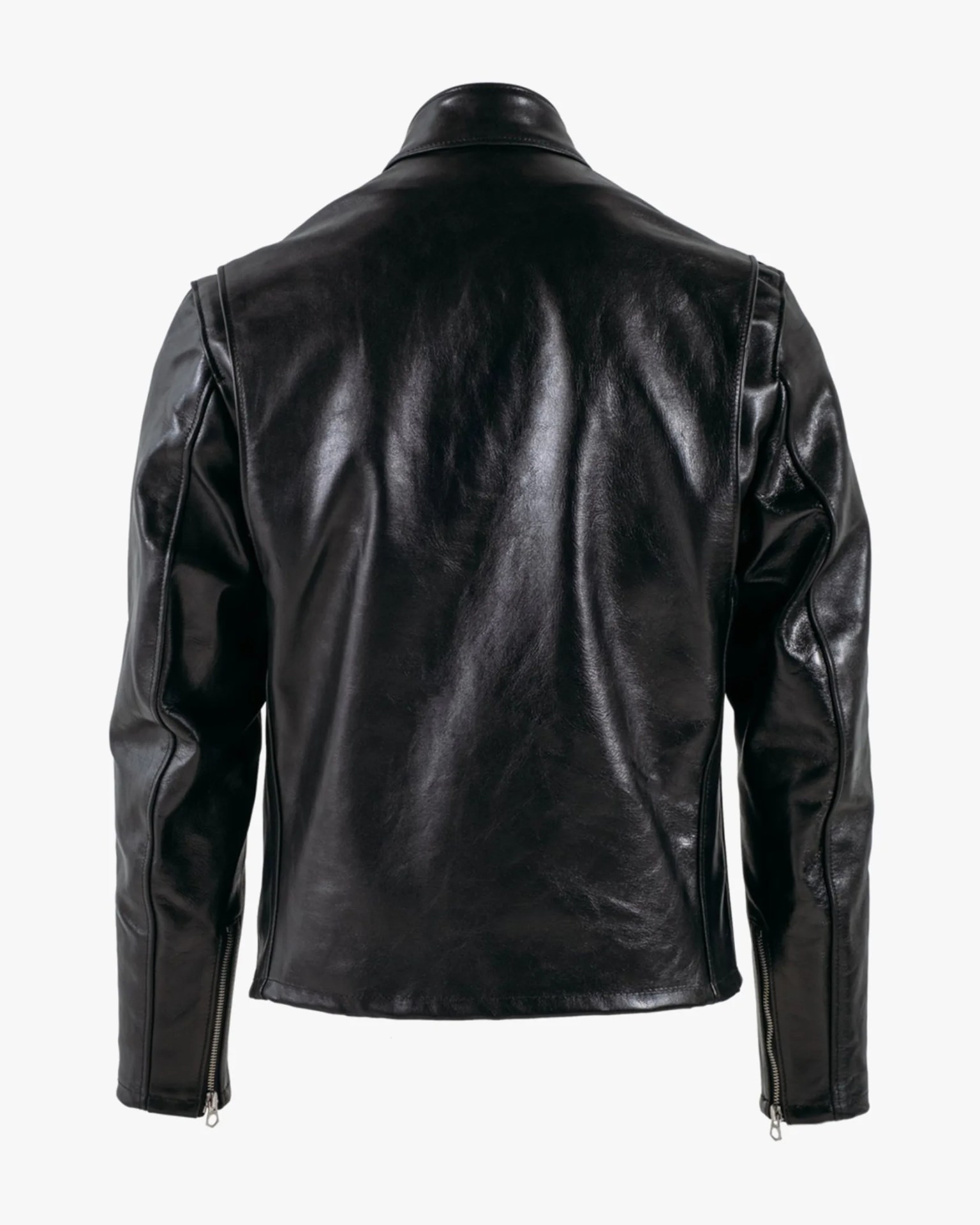
The value of Shinki Hikaku leather doesn’t just come from scarcity but from unique textures and properties. Vegetable tanning techniques are used that have been passed down for generations. These techniques involve drying and aging stages that can take up to four months. It creates leathers that retain the grain and texture of the animal hide, which shows up in the patina.
